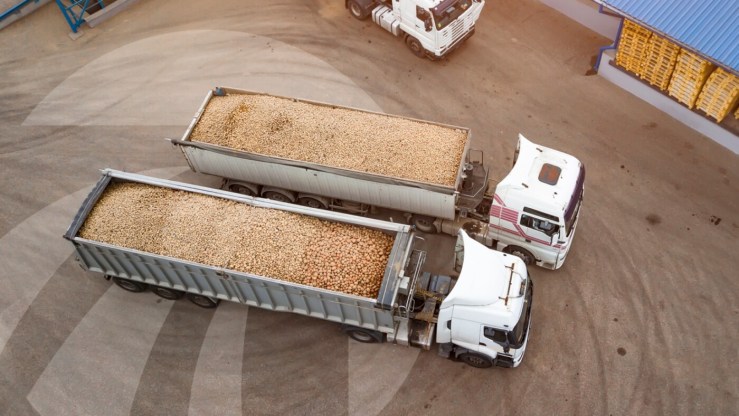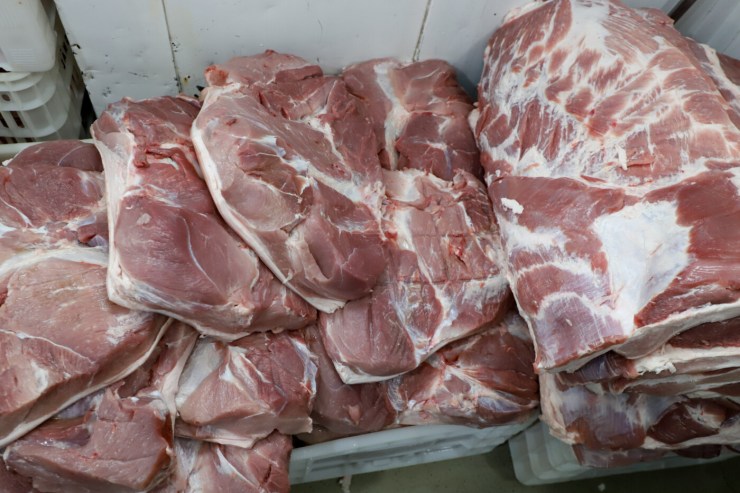After recording a drop in prices in March, the soybean market began April with signs of recovery. According to Itaú BBA's Agro Consultancy, the grain accumulated appreciation in the first half of the month, both in the international and domestic markets, driven by factors such as the rise in the dollar, the increase in export premiums and strong Chinese demand.
 On the Chicago Board of Trade (CBOT), the average price in March fell 3.2% compared to February, to US$ 10.07 per bushel. The drop was influenced by uncertainties surrounding trade tariffs and the expectation of reduced demand for soybeans from the United States. However, in the first half of April, prices rose again, registering an increase of 1% and reaching US$ 10.17 per bushel.
On the Chicago Board of Trade (CBOT), the average price in March fell 3.2% compared to February, to US$ 10.07 per bushel. The drop was influenced by uncertainties surrounding trade tariffs and the expectation of reduced demand for soybeans from the United States. However, in the first half of April, prices rose again, registering an increase of 1% and reaching US$ 10.17 per bushel.
Despite the postponement of the reciprocal tariffs announced by the United States, which maintained a basic tariff of 10% for all countries for another 90 days, China continues to face a rate of 145%. This scenario maintained tension between the two largest economies in the world, putting pressure on the dollar and boosting the purchase of commodities as a hedge, which contributed to the rise in prices. Good crushing margins in China also helped sustain demand.

In the domestic market, prices also reacted. In Sorriso (MT), the bag of soybeans closed March at R$ 109, up 2.4% compared to February. In April, the value reached R$ 110, with rising premiums and the appreciation of the dollar positively influencing domestic prices. Export premiums reached the highest levels of the year so far, reaching approximately US$ 1.00 per bushel (US$c 100/bu) at the port of Paranaguá at the beginning of the month.
After a start to the year marked by delayed shipments due to the late harvest, soybean exports gained momentum in March and broke a record for the month, with shipments of 14.7 million tons. As a result, the volume exported in the first quarter of 2025 totaled 22.2 million tons, 0.5% above the same period last year, the highest ever recorded for the period.





